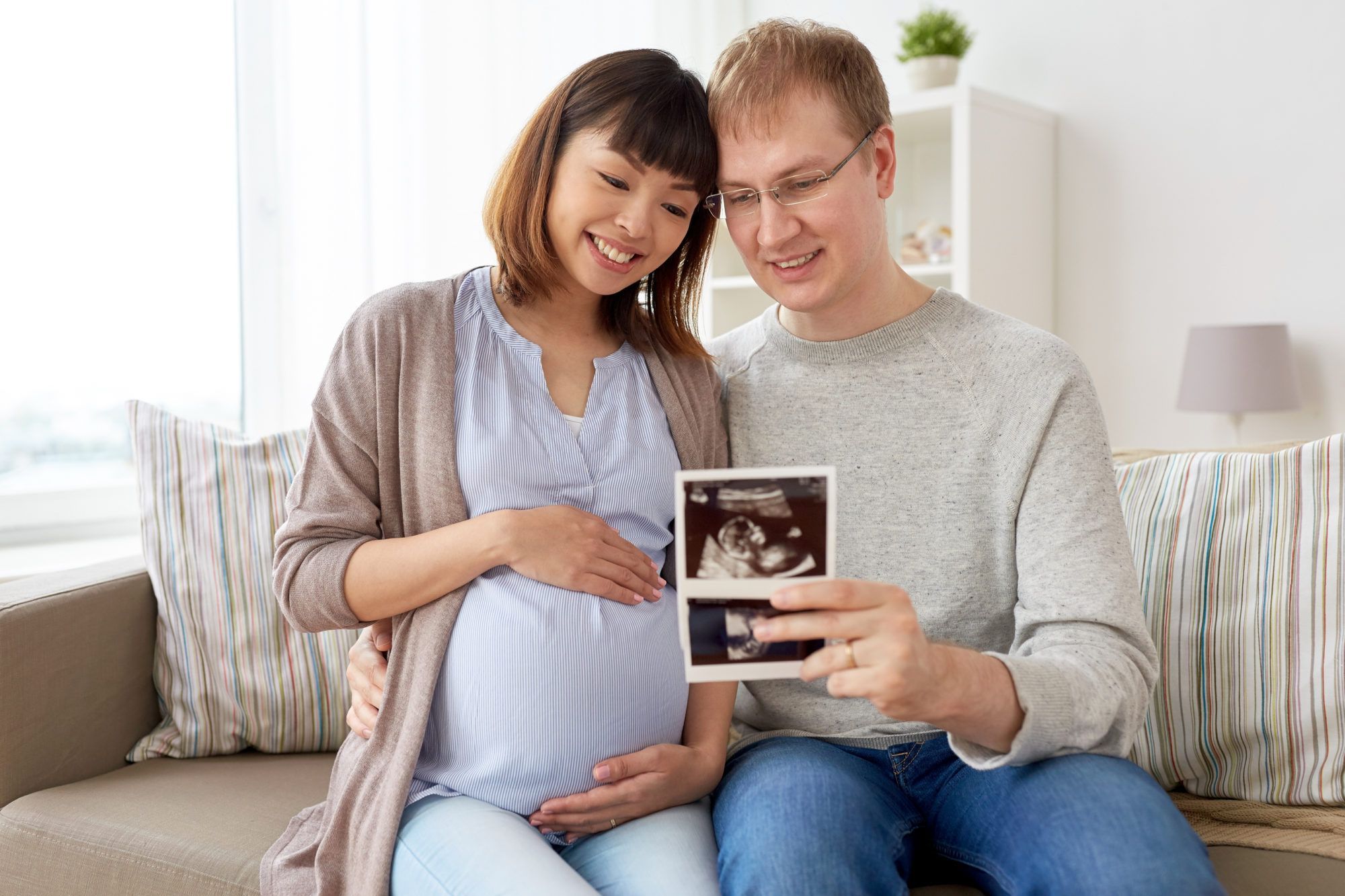Deciding which gender embryo to transfer for pregnancy during IVF brings up a lot of questions about sex selection ethics.
Question: What are public attitudes about using preimplantation genetic screening (PGS) for sex selection?
Answer: A study of the public attitudes in America showed that 68 percent of Americans disapprove of the use of PGS for sex selection only. A German study showed that only 8 percent of people approved. Similarly in the United Kingdom, public opposition to sex selection has dominated the conversation. Knowing this, we suggest that couples keep sex selection procedures confidential.
Question: What is the main argument for permitting sex selection for non-medical purposes?
Answer: These arguments revolve around patient autonomy and reproductive liberty. This means that people have the right to make their own decisions regarding reproduction.
Question: Do people use sex selection more often to have a boy or to have a girl?
Answer: Although a U.S. survey indicated that, in general, there is not a dominant preference for males over females, this study of preferences did not cover some cultural situations for people considering sex selection. For instance, the experience in Israel with sex selection is heavily weighted toward selection of boys. Our experience with our own population is that 90 percent of the time, a family uses sex selection to fulfill the expectations of their family for a boy.
Question: Does in vitro fertilization (IVF) increase the odds of having a boy?
Answer: IVF increases the odds of having a boy from 51 in 100 when conceived naturally to 56 in 100 with IVF. That is not enough of an increase to give anyone assurance that they will have a boy if they are really determined to do so. A team of researchers in China found that female IVF embryos had a slighter lower survival rate, and this seems to be related to an impairment of the function of their X chromosome. Paradoxically, separate research has shown that with intracytoplasmic sperm injection (ICSI), a process involving a single sperm injected into the egg, more girls are born. This increase is small as well, and is not dependable for people who really want to try to have a girl.
Question: What is the error rate with the technology used for sex selection?
Answer: The error rate is reported to be up to 2 percent. This is because of many factors including the well-recognized issue of mosaicism. The cells biopsied in a few cases may not represent the majority of those in the early developing embryo. The noninvasive prenatal genetic testing done by blood testing in the first trimester of pregnancy is a good option for back-up testing.
Question: After PGS, what happens if a sample is reported as having no result?
Answer: In this case, the sample failed to amplify the DNA adequately for analysis. Sometimes repeating a biopsy can give a result, but this involves thawing, biopsying and refreezing the embryo.
Question: What happens to the embryos of the other sex?
Answer: Embryos are frozen, and the family can use them for another child in the future if so desired. Otherwise, we strongly encourage people to donate these embryos to other couples. This can be done anonymously or openly. This will require an extensive conversation and is elective. The ultimate disposition of these embryos is the decision of the couple involved.
Question: What is Microsort?
Answer: Microsort is a method of separating the sperm into ones carrying XX chromosomes (female) and those carrying XY chromosomes (male) based on their genetic material.
Question: How does Microsort separate sperm for sex selection?
Answer: During the Microsort process, a sperm sample is washed to remove the seminal fluid along with nonmoving sperm cells. The sample is then marked with a special fluorescent stain, which attaches to the DNA in the sperm cells. This chemical has been used for decades in animals with no untoward effects determined in a number of studies. Furthermore, there has never been any report of any damage to human offspring related to DNA modification by this fluorescing stain.
A very complex device known as a flow cytometer is then used. This device is used predominantly in cases of certain cancers, such as leukemias, in order to remove abnormal cells. It has a number of other utilizations as well. A laser shines a light on each cell and makes the stain attached to the DNA shine. The sperm cells, which contain the X chromosome, have more DNA and are somewhat brighter when analyzed by the flow cytometer. Then sophisticated software identifies the healthy sperm of the desired gender. The sperm sample is then enriched with the desired gender appropriate for sex selection.
Question: How long does it take to sort the sample?
Answer: The sorting process of each sample takes 6-8 hours.
Question: Are all men eligible for Microsort for sex selection?
Answer: Men with low sperm counts need to send several samples or may not qualify if too low. In order to determine if you are a candidate, there are tests required and performed before scheduling the sorting procedure. The Microsort office will need to have a copy of the semen analysis as well as blood tests for HIV and Hepatitis B and C. The lab will not handle samples with positive results for any of these tests.
Question: Can we use Microsort for sex selection with intrauterine inseminations (IUI)?
Answer: It is permissible to use ovulation induction and intrauterine insemination with sorted sperm for sex selection. However, the pregnancy results are around 10 percent per cycle. It is only available in Mexico because it must be done fresh. Microsort recovers only 300,000-500,000 sperm cells with about 75 percent motility, depending on the initial quality of the sample. It is obvious from these numbers why intrauterine insemination for sex selection is not very effective. Considering all the costs for couples outside Mexico, we do not consider this to be cost effective.
Question: From an operational standpoint, how can Microsort be used to enhance sex selection with PGS?
Answer: Samples of sperm are frozen and shipped to Microsort labs in Mexico where they are sorted and once again frozen. Sometimes multiple ejaculates are required in order to give a total of at least 200 million motile sperm in the final sort. Frozen sperm is shipped back to the IVF center in the U.S. After IVF and preimplantation genetic diagnosis, the number of embryos of the desired sex should be increased to 80-90 percent instead of 50/50.






